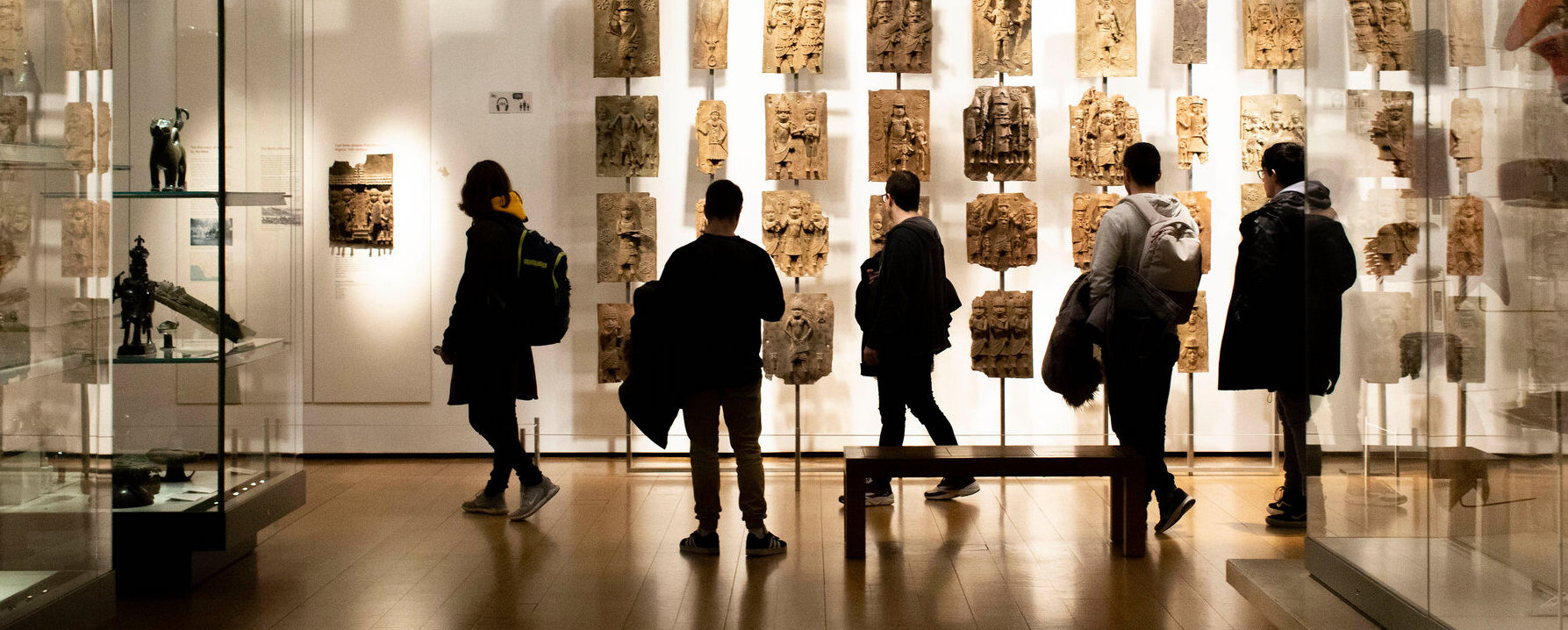Plagiarizing on any of your written or presented work guarantees you a failure in the course.
What counts as plagiarism?
- If you use the words or ideas of another writer without acknowledging that writer it is considered plagiarism.
- As I read your paper, I will be asking “How do they know this information?”
When are citations required?
- For every statement that contains a fact that is not general knowledge:
- “Brooklyn College is in Brooklyn, New York” – does not need citation
- “Benjamin West’s painting Agrippina Landing at Brundisium With the Ashes of Germanicus is an example of Neoclassicism during the Age of Enlightenment” – needs citation
- All direct quotations
- Any time that you are paraphrasing information or an argument you found in another source.
To avoid plagiarism, you must provide full citations for all types of sources. You must include a footnote for every idea or information that isn’t your own, whether it is a direct quote or paraphrased statement, and then include all sources referenced in a Bibliography at the end of the paper.
Footnote formatting:
- Insert footnotes at the end of the sentence where a source is referenced or quoted (in MS Word click Insert –> Footnotes).
- Cite only the page(s) of the chapter or article quoted or referenced.
- You can also use footnotes to include background information that might be helpful for the reader to know but you don’t think is important enough to include in the body of your paper.
- If you need to cite the same source multiple times consecutively, cite it as “Ibid., page number” (see example below)
- Jean M. Ita, “Frobenius in West African History,” The Journal of African History 13, no. 4 (1972): 685.
- Ibid., 686.
Bibliography formatting:
- Include all sources that have informed your research in the paper.
- Sources should be listed in alphabetical order by authors’ last names.
- Include URLs only for Web-based sources, not for scholarly articles accessed online through library database (For example, if you find an article online from Jstor, you should cite the article itself not jstor.org)
Examples of citations (F = footnote, B = bibliography)
Books:
- (F) Edward B. Tylor, Researches into the Early Development of Mankind and the Development of Civilization, ed. Paul Bohannan (Chicago: University of Chicago Press, 1964), 194.
- (B) Tylor, Edward B. Researches into the Early Development of Mankind and the Development of Civilization. Edited by Paul Bohannan. Chicago: University of Chicago Press, 1964.
Journal articles
- (F) 1. Susan Peck MacDonald, “The Erasure of Language,” College Composition and Communication 58, no. 4 (2007): 619.
- (B) MacDonald, Susan Peck. “The Erasure of Language.” College Composition and Communication 58, no. 4 (2007): 585-625.
Web sources
- (F) 1. Richard Kimberly Heck, “About the Philosophical Gourmet Report,” last modified August 5, 2016, http://rgheck.frege.org/philosophy/aboutpgr.php.
- (B) Heck, Richard Kimberly. “About the Philosophical Gourmet Report.” Last modified August 5, 2016. http://rgheck.frege.org/philosophy/aboutpgr.php.
The Purdue OWL is a great resource to refer to for specific citation formats and includes more examples of citations for sources beyond the examples I have provided above. There are several different citations styles (MLA, APA etc.) but the one we are using here for the footnotes and bibliography is the Chicago Manual of Style: https://owl.purdue.edu/owl/research_and_citation/chicago_manual_17th_edition/chicago_style_introduction.html


